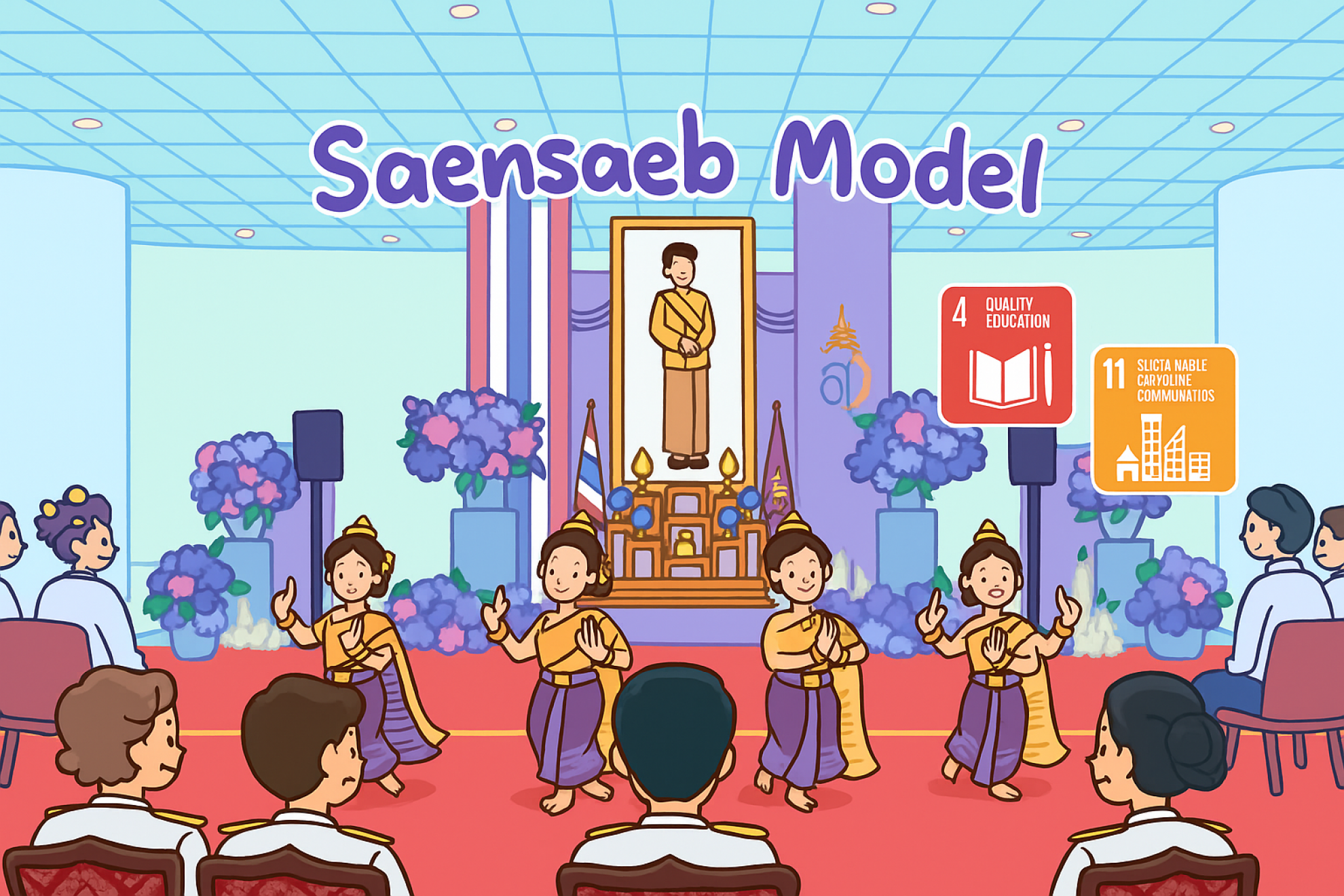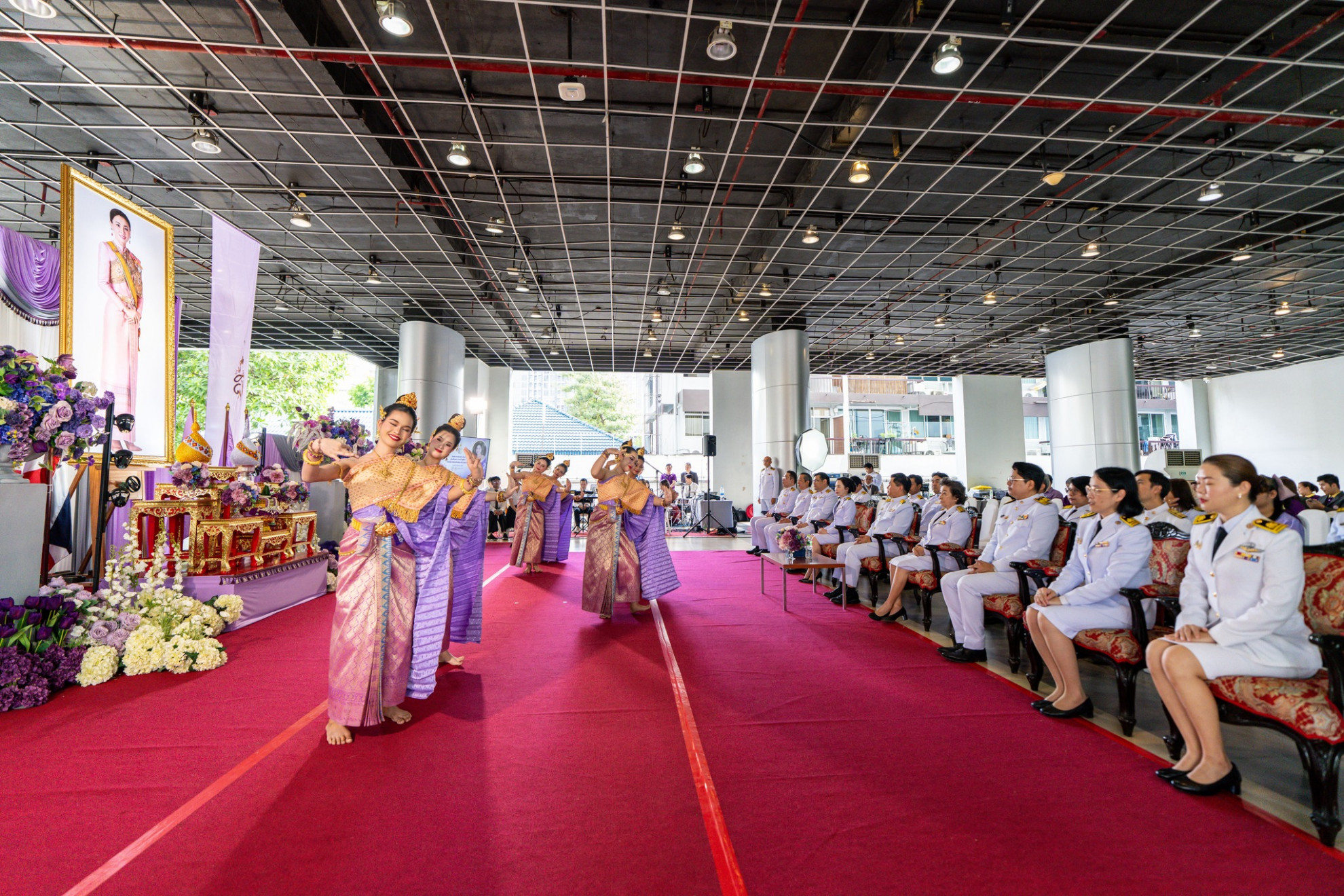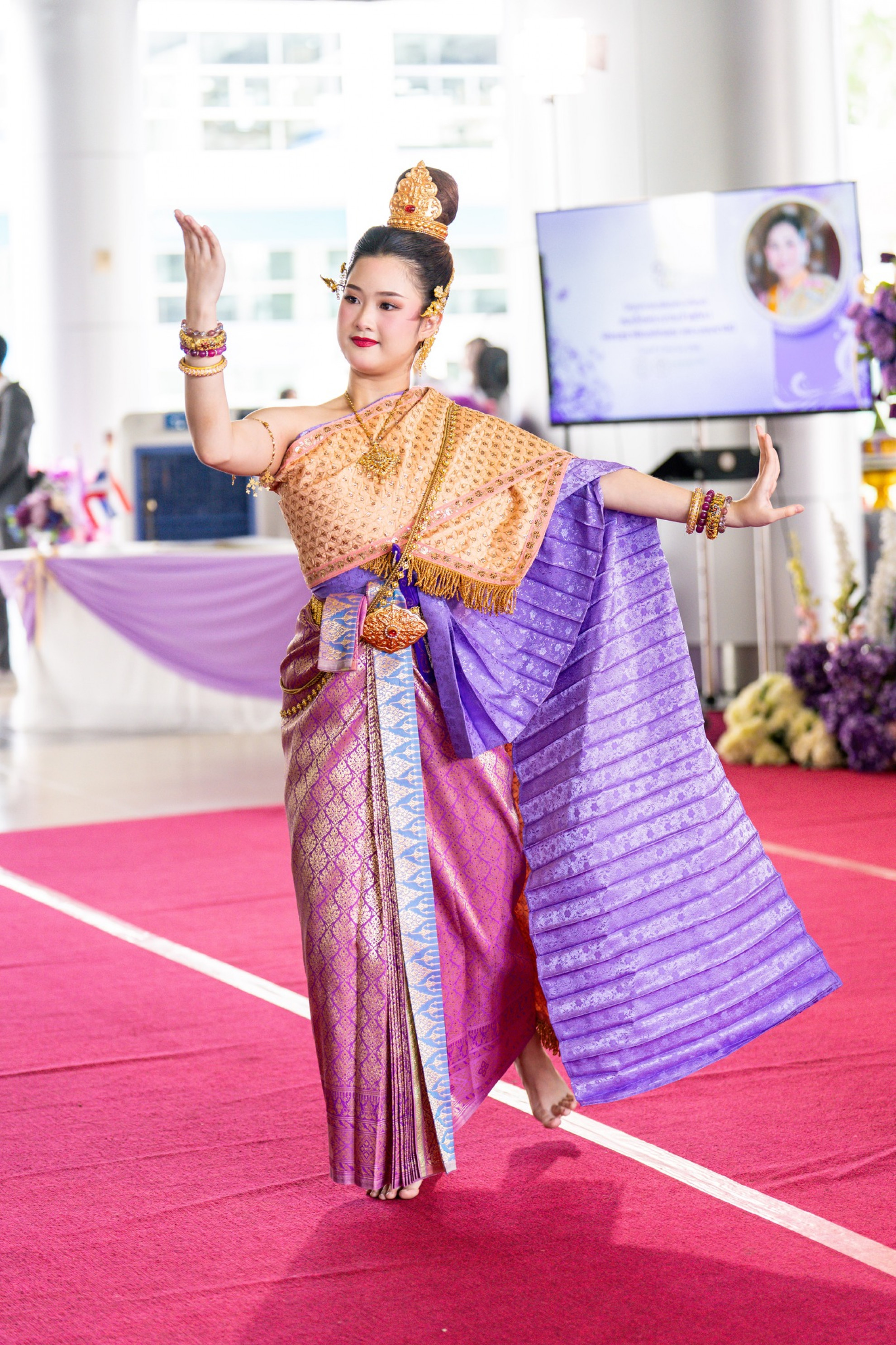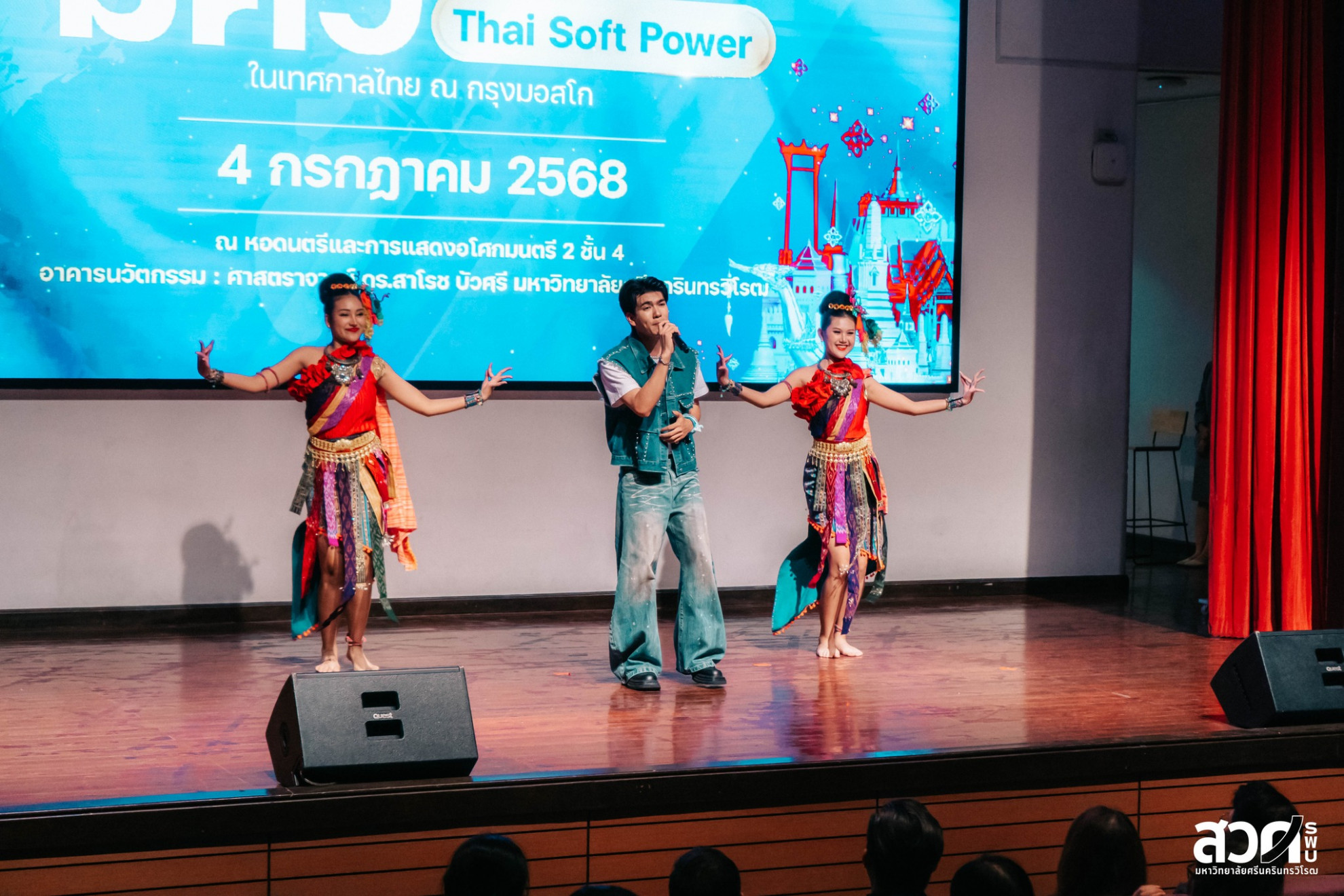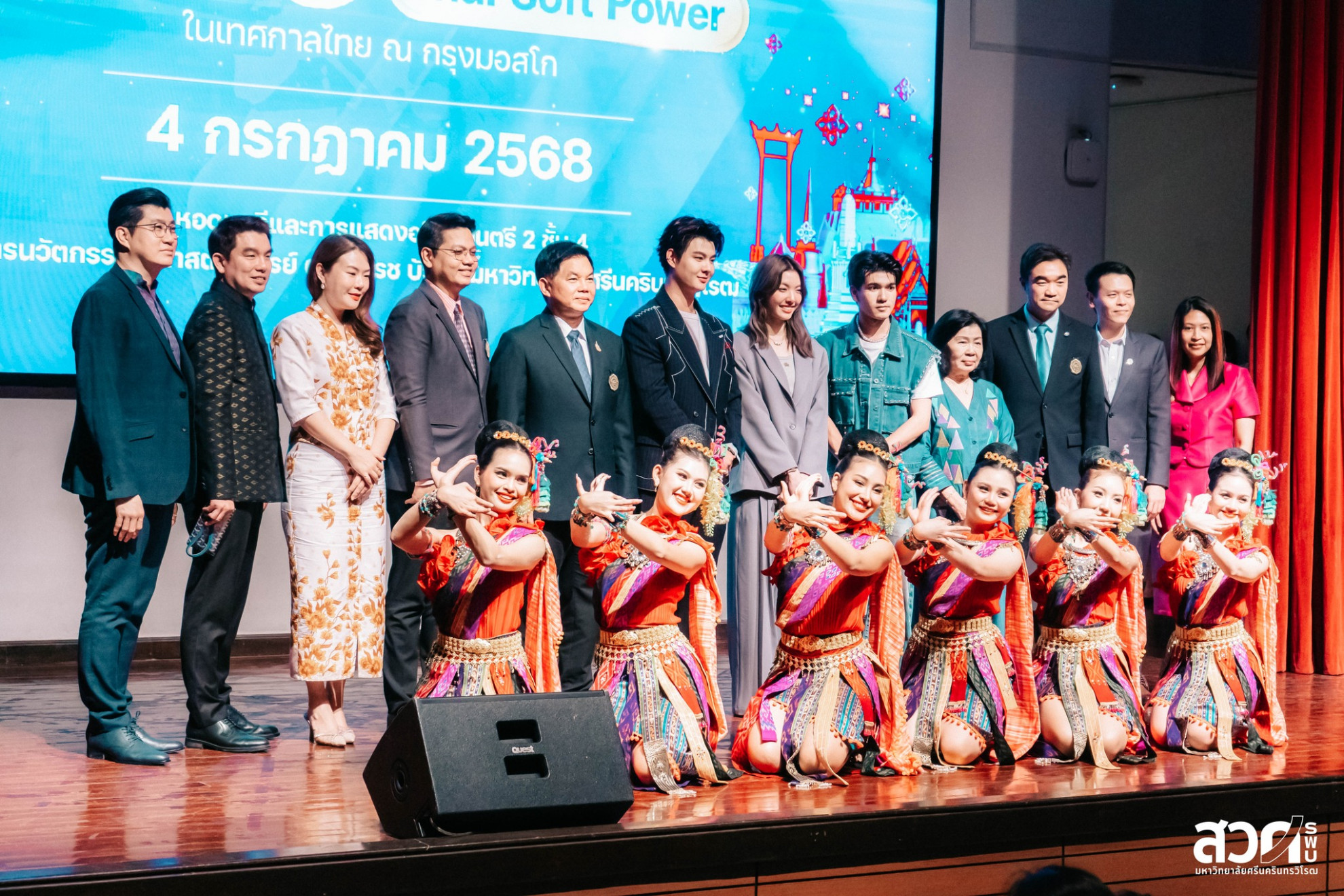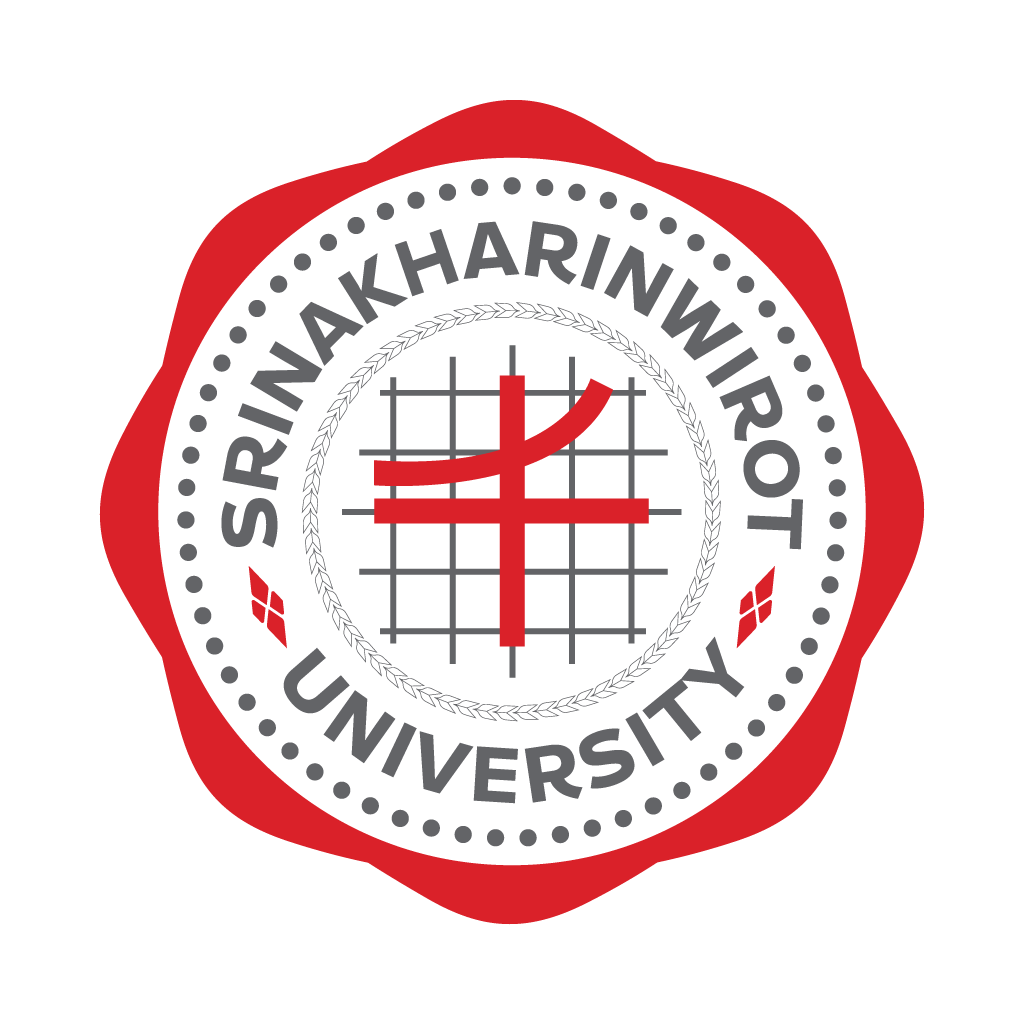





| Target | Indicator | Result |
|---|---|---|
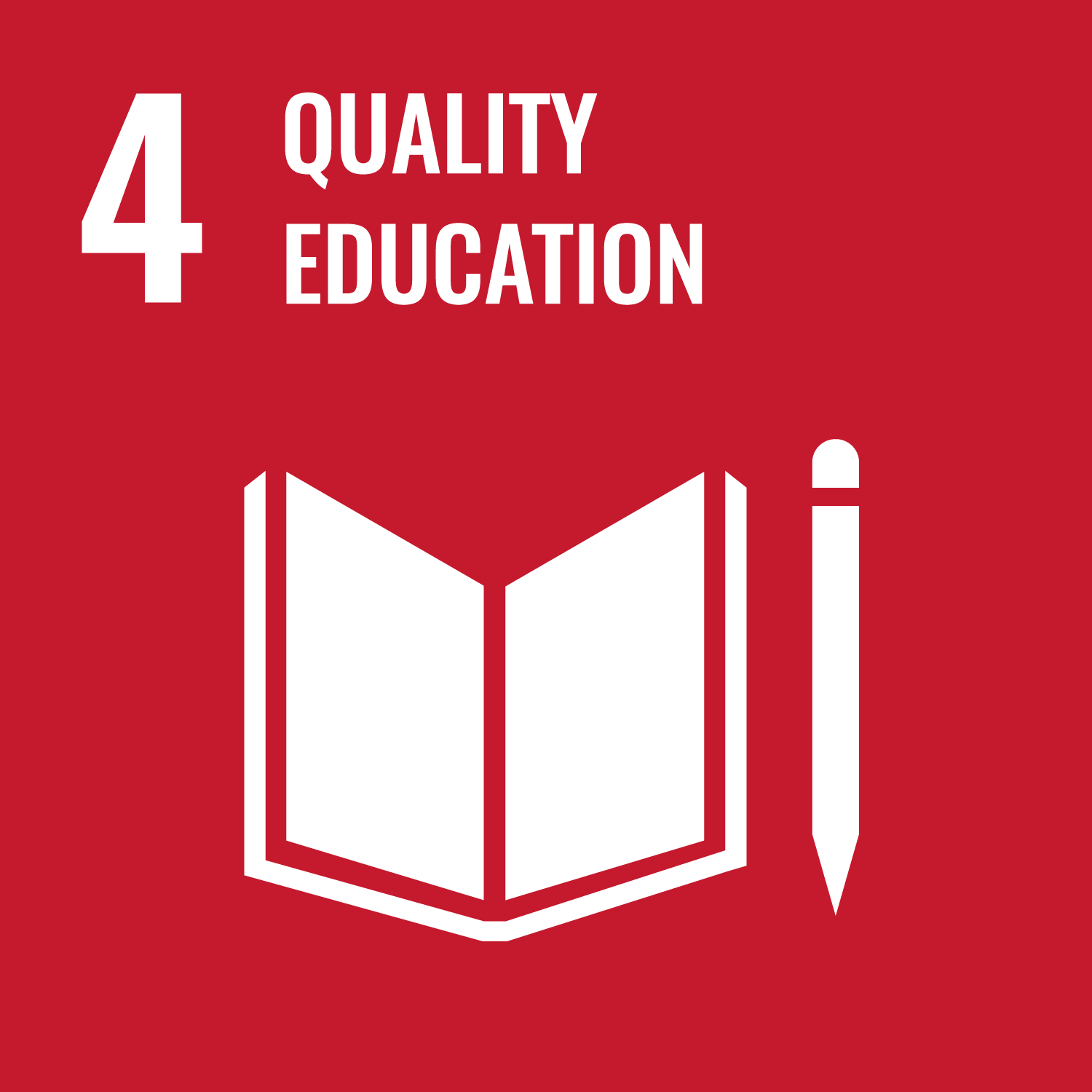
SDG 4
QUALITY EDUCATION
|
||
| 4.1 By 2030, ensure that all girls and boys complete free, equitable and quality primary and secondary education leading to relevant and effective learning outcomes | 4.1.1 Proportion of children and young people (a) in grades 2/3; (b) at the end of primary; and (c) at the end of lower secondary achieving at least a minimum proficiency level in (i) reading and (ii) mathematics, by sex | By promoting learning through performing arts activities and songs, the project supports children and young people in achieving minimum proficiency in reading and mathematics through creative, integrated approaches. |
| 4.4 By 2030, substantially increase the number of youth and adults who have relevant skills, including technical and vocational skills, for employment, decent jobs and entrepreneurship | 4.4.1 Proportion of youth and adults with information and communications technology (ICT) skills, by type of skill | The project enhances opportunities for youth and adults to develop ICT-related skills by creating and sharing educational media, including digital music and cultural content. |
| 4.7 By 2030, ensure that all learners acquire the knowledge and skills needed to promote sustainable development, including, among others, through education for sustainable development and sustainable lifestyles, human rights, gender equality, promotion of a culture of peace and non-violence, global citizenship and appreciation of cultural diversity and of culture's contribution to sustainable development | 4.7.1 Extent to which (i) global citizenship education and (ii) education for sustainable development, including gender equality and human rights, are mainstreamed at all levels in (a) national education policies; (b) curricula; (c) teacher education; and (d) student assessment | The integration of art, culture, and community engagement contributes to mainstreaming global citizenship education and education for sustainable development, with emphasis on cultural identity, equality, and lifelong learning. |
| 4.a Build and upgrade education facilities that are child, disability and gender sensitive and provide safe, non-violent, inclusive and effective learning environments for all | 4.a.1 Proportion of schools with access to (a) electricity; (b) the Internet for pedagogical purposes; (c) computers for pedagogical purposes; (d) adapted infrastructure and materials for students with disabilities; (e) basic drinking water; (f) single-sex basic sanitation facilities; and (g) basic handwashing facilities (as per the WASH indicator definitions) | Activities carried out under the Saensaeb Model utilize accessible learning spaces and resources, promoting inclusive and supportive environments that reflect the importance of adequate educational infrastructure. |

SDG 4
QUALITY EDUCATION
|
||
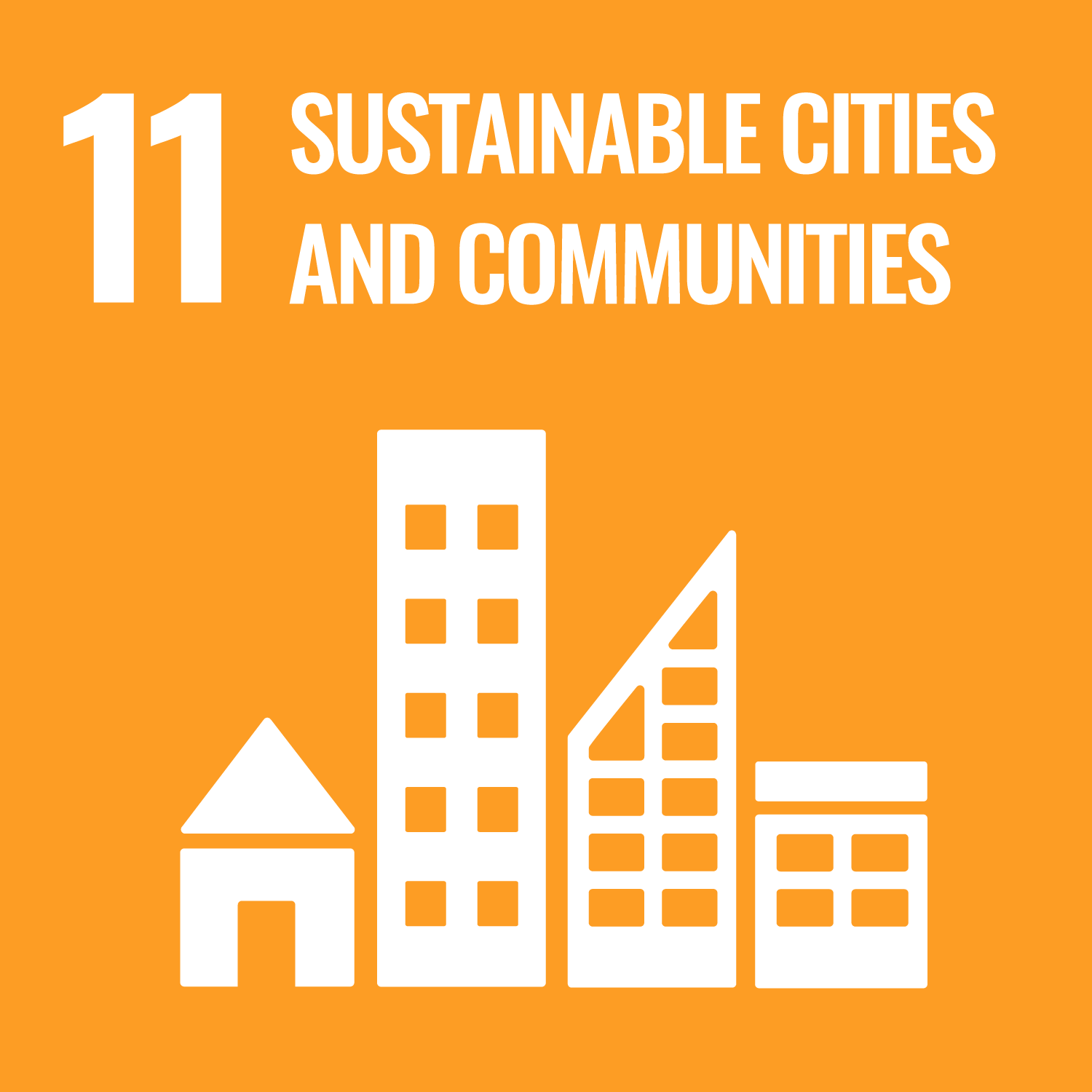
SDG 11
SUSTAINABLE CITIES AND COMMUNITIES
|
||
| 11.4 Strengthen efforts to protect and safeguard the world's cultural and natural heritage | 11.4.1 Total expenditure (public and private) per capita spent on the preservation, protection and conservation of all cultural and natural heritage, by type of heritage (cultural, natural, mixed and World Heritage Centre designation), level of government (national, regional and local/municipal), type of expenditure (operating expenditure/investment) and type of private funding (donations in kind, private non-profit sector and sponsorship) | The Saensaeb Model supports cultural heritage preservation by investing in performing arts activities, such as traditional dance and music, which contribute to safeguarding and promoting local cultural identity. While not strictly financial expenditure at the national level, the project demonstrates the value of allocating resources—both public and private—for cultural conservation and education. |
| 11.b By 2020, substantially increase the number of cities and human settlements adopting and implementing integrated policies and plans towards inclusion, resource efficiency, mitigation and adaptation to climate change, resilience to disasters, and develop and implement, in line with the Sendai Framework for Disaster Risk Reduction 2015'2030, holistic disaster risk management at all levels | 11.b.1 Number of countries that adopt and implement national disaster risk reduction strategies in line with the Sendai Framework for Disaster Risk Reduction 2015 2030 | By integrating cultural knowledge and community engagement, the project strengthens social resilience and supports sustainable community development. Though not a direct disaster risk reduction strategy, the promotion of cultural heritage and community collaboration is consistent with the Sendai Framework’s emphasis on strengthening local capacities and sustainability as part of long-term resilience. |
The “Saensaeb Model” Social Engagement Project integrates performing arts, particularly dance, as a form of community service to promote education and cultural sustainability. Its objectives focus on creating educational media through music and delivering academic services to society, highlighting the role of art in lifelong learning. The project aligns with SDG 4 (Quality Education) by providing accessible learning opportunities for youth and adults, fostering professional and creative skills, and promoting education for sustainable development in safe and supportive learning environments. At the same time, it supports SDG 11 (Sustainable Cities and Communities) by enhancing cultural heritage preservation and encouraging policies that use local arts and traditions as tools for sustainable socio-economic and environmental growth.
The Saensaeb Model project successfully achieved its objectives with significant impact across qualitative, quantitative, and time-based dimensions. Qualitatively, 98.8% of participants gained knowledge about the role of art in social development, and 98.2% expressed high satisfaction with the academic services provided in the strategic area of the Faculty of Fine and Applied Arts, exceeding the target of 80%. Quantitatively, the project attracted 117 participants, reaching 117% of the target, and produced two original songs as academic media along with two community-based performing arts activities, both meeting the goals set. In terms of timing, the project was implemented fully on schedule, achieving 100%. Overall, the project not only met but surpassed its targets, demonstrating strong effectiveness in using art and culture as tools for education, engagement, and sustainable community development.
